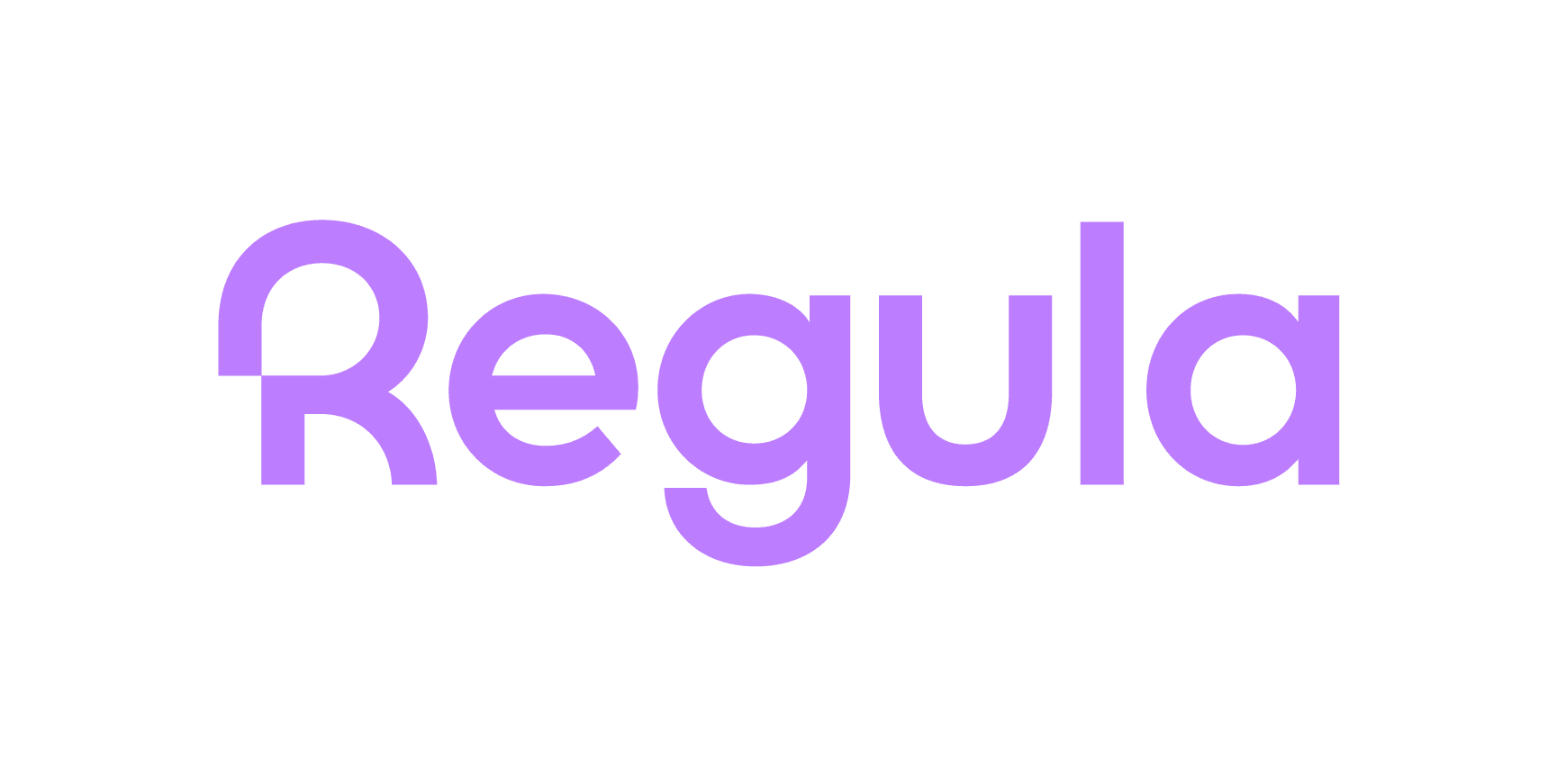Top KYC & AML Providers: Reviews, Pricing, Coverage
Our team approaches KYC technology through the lens of real-world risk and the daily pressure faced by compliance officers.
KYC has moved from being a “nice to have” to table stakes — and the table keeps moving. The landscape of evolving sanctions, the faster pace of onboarding expected by customers, and the sophistication and fluidity of fraudsters all work together to reframe our understanding of what effective “know your customer” should be.
This page is a living directory of our top KYC & AML providers: what they cover, where they excel, how they price when the rubber hits the SLA.
You’ll see: short vendor descriptions, context on pricing, certifications, and our own testing notes. There will be no marketing-sparkle gloss. Just: how well does it identify risk, how cleanly does it integrate, and does it pay back in false positive hits?
How this list is built:
We watch three things like hawks 1) Coverage (documents, geographies, sanctions/PEP/media) 2) Speed & UX (onboarding times, SDK friction) 3) Accuracy & Oversight (false-positive burden, review/re-identification loop). Toss in integration footprint (API/UX widgets, sandbox documentation), the shape of pricing tiers, and the support/SLA — that’s our scoring backbone.
Mini-stance: buyers don’t need every bell — they need the right baseline plus headroom. Overbuy and you drown, underbuy and you burn.
Selection Mindset:
Your risk map starts with: markets, volumes and patterns in fraud + the regulators and authorities that actually show up at your door. From that you can shortlist three KYC vendors (document matching + liveness + sanctions) that meet your needs today, and one vendor that has the capability to scale into your KYB/UBO + transaction monitoring needs tomorrow.
Negotiate proofs of concept (PoCs) and proofs of performance (PoPs) with realistic pass/fail thresholds, not vanity “demos.” Keep one backup vendor warm.
How to Use This Page
Scan the tiles below for quick context; click through for full reviews and pricing snapshots.
Filter by need — eKYC for consumer apps, KYB for B2B onboarding, crypto KYC for VASPs, or enterprise with tight audit trails.
Compare two things only at a time: accuracy vs. user drop-off. Everything else is negotiable.
Buying Trap to Avoid:
Don’t conflate shiny dashboards with lower risk. Ask for evidence: match rates by country and doc class, liveness PAD/iBeta levels, sanctions list refresh cadence, and manual-review SLA. If a vendor won’t give dated numbers, assume the numbers won’t help you. Pay for outcomes that cut false positives, not for options you won’t enable.
What Counts as a “Top KYC Provider” Here
Document & Biometric Depth: Wide ID library, OCR that holds up on bad lighting, resilient liveness.
Sanctions/PEP/Media: Unified screening or tight hand-off; refresh rates measured in hours, not weeks.
Coverage & Local Nuance: Languages, scripts, regional watchlists, and registry access for KYB/UBO.
Speed & UX: Median onboarding under two minutes — and that includes selfies.
Accuracy & QA: Transparent FP/FN trade-offs, audit logs, and human-in-the-loop that doesn’t queue for days.
Integration: Clear REST/GraphQL docs, mobile SDKs, web widgets, sandbox that mirrors prod.
Pricing Clarity: Per-success vs per-attempt, review fees, minimums, and overage math that won’t ambush Finance.
Mini-stance: We favor vendors that publish or share dated, testable metrics. Vibes don’t pass audits.
Proof Over Promise:
Your pilot should mirror reality: real traffic, real geos, messy docs. Measure drop-off at each step: capture → liveness → screening hit handling. Keep a hold-out cohort on your current stack to benchmark hit-rate and false positives. If results don’t translate at 5,000 checks, they won’t scale at 50,000 either.
Certifications & Compliance Signals
Look for ISO 27001, SOC 2, GDPR program docs, iBeta PAD L2/L3 for liveness, and clear data-retention controls. For regulated entities, map vendor attestations to your regulator’s checklist before legal drafts the MSA.
Audit Readiness:
Keep a lightweight source log: dated certs, DPA version, sub-processor list, liveness/iBeta docs, and sanctions list sources. Store your pilot metrics with dates. When a regulator asks “why this control,” you’ll answer in minutes, not weeks.








